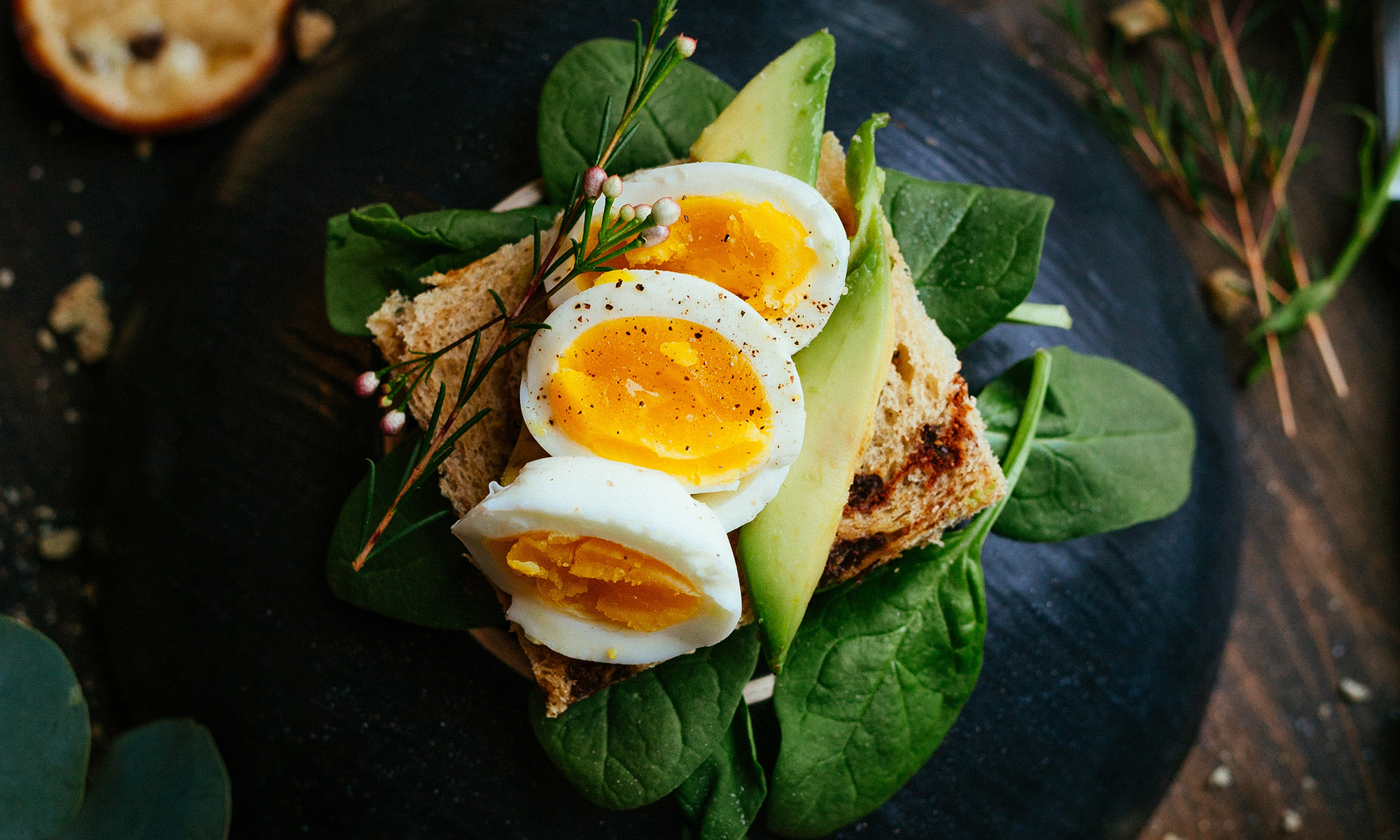At birthdays, New Year’s and other milestones that mark time, the Chinese have many recipes to bring luck and prosperity… and as I thought about what to make for a Chinese-American friend’s baby shower, I looked to the Chinese tradition for ideas.
I couldn’t help myself to take a play on “Bun in the Oven” to make char sui bao: roast pork buns.
Long strands of noodles symbolize long life. Their length represents the wish for a long and happy life. American spaghetti is not considered long enough, so try to find the Chinese egg noodles, alternatively, you can make your own from scratch.
In order to preserve the wish and symbolisms, it’s important to not cut the noodles when cooking or eating them; instead chew on the noodles when they are inside the mouth. What a great excuse to slurp your noodles.
Longevity Noodles
Adapted from The Chinese Kitchen by Eileen Yin-Fei Lo
½ pound fresh egg noodles (available at Russo’s)
Chicken + Marinade
½ pound boneless, skinless chicken thighs, cut into thin strips
1 tsp sesame oil
½ tsp salt
½ tsp distilled vinegar
1 tsp shao-hsing wine or dry sherry
¾ tsp. corn starch
½ tsp soy sauce
Fresh ground white pepper
Mix together to marinate.
Sauce
2 tsp dark soy sauce
1 tsp sugar
1 tsp sesame oil
1 tsp distilled vinegar
1 tsp shao-hsing wine or dry sherry
1 ½ tsp corn starch
1 cup chicken stock or broth
Mix together and set aside
Vegetables
1 tbs or more of plain (canola or peanut) oil
1 tsp fresh chopped ginger
1 tsp fresh chopped garlic
¼ pound snow peas, stringed and julienned
3 fresh water chestnuts, peeled and sliced
2 scallions, julienned
¼ cup bamboo shoots
1. Boil noodles for 1 minute in salted boiling water (if using fresh Chinese egg noodles, otherwise, cook 1 minute less than package instructions). Drain well, and set aside.
2. Mix chicken with marinade ingredients
3. Combine ingredients for the sauce
4. Heat a large wok or skillet over high heat. Add oil to coat the bottom of the pan. Add the chicken and cook for 2 – 3 minutes, or until it starts to lose it’s pink color. Remove from pan and set aside.
5. To the same pan, return to high heat and add a little more oil to coat the bottom of the pan. Add the ginger and garlic, and cook for 1 minute. Add the noodles, snow peas, bamboo shoots and water chestnuts. Toss to coat and add sauce and chicken.
6. Continue cooking until sauce thickens.
7. Stir in scallions and serve.




